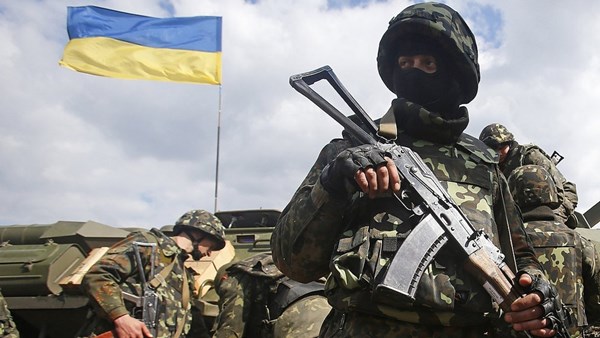Ukrainian Forces capture Russian positions near Vuhledar in bold nighttime raid
In a bold nighttime operation, Ukrainian troops equipped with night vision and thermal imaging devices, and supported by drones, captured enemy fortifications in a dramatic assault.
The elite Skala battalion executed the nighttime raid, driving Russian forces from their positions near Vuhledar. Details of the assault were revealed in a report by Butusov+.
Soldiers from the 425th Separate Assault Battalion Skala stormed Russian positions using a swift maneuver with the M2 Bradley combat vehicle.
Ukrainian assault troops, equipped with night vision and thermal imaging devices and supported by drones, proceeded to clear out trenches held by ten soldiers from the 1st Battalion of the 57th Motorized Rifle Brigade of the Russian Armed Forces. In close-quarter combat, the Ukrainian troops neutralized two Russian soldiers. Overpowering the enemy, Skala fighters then opened suppressive fire on a bunker full of Russians, forcing them to surrender.
Remarkably, the assault group from the 425th Separate Assault Battalion of the Ukrainian Armed Forces reported no casualties or equipment losses throughout the operation.
Among the captured Russian soldiers were recruited inmates offered military service for amnesty. According to one of the captives, his unit (1st Battalion) was partially composed of prisoners and former convicts. Notably, the 3rd Battalion of the 57th Motorized Rifle Brigade was entirely staffed by personnel from prisons.
Captured unit commander Nikolai Vlasov disclosed that their company included an assault platoon of motorcyclists, who failed to prove their effectiveness.
"A day before our skirmish, they attempted an assault – none of them made it," Vlasov stated.
Given the complexity of attacking Ukrainian positions with mechanized equipment, often destroyed by drones before reaching the battlefield, Russian forces have, since May, started adopting rapid attack tactics on motorcycles.
These rapid assault tactics rely on high-speed actions intended to reduce the time spent in open terrain and "outrace” the reaction time of Ukrainian troops in defensive positions. However, such attacks frequently end in machine-gun fire within contested zones, followed by artillery and drone strikes.
